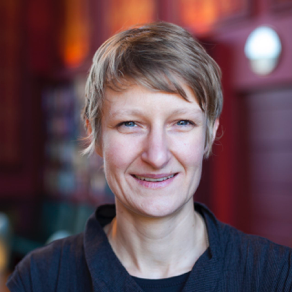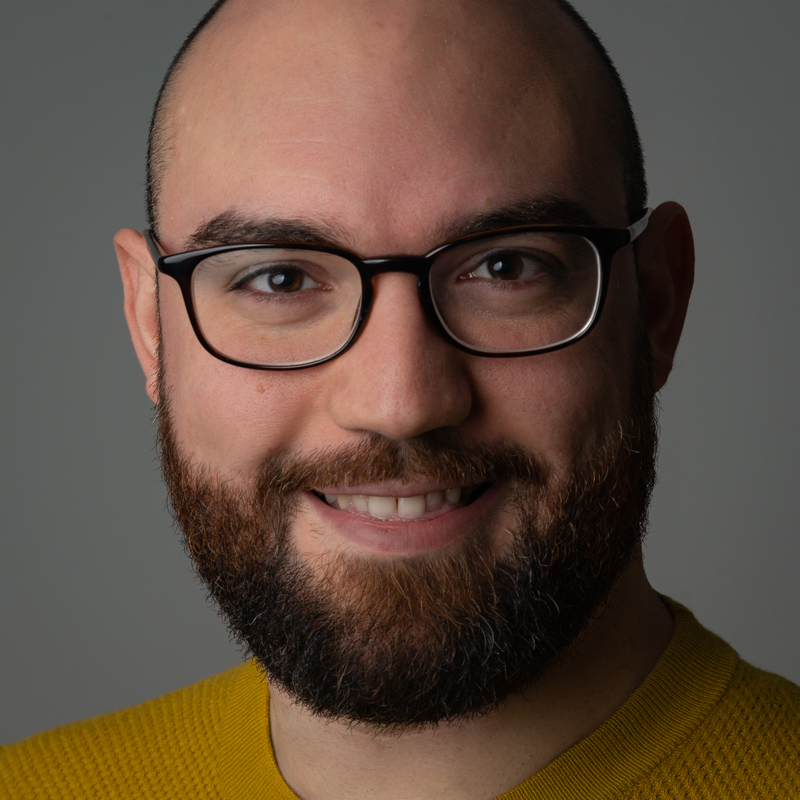MACH ANNUAL EVENT 2020

ABSTRACTS
Research on the synthesis of forms and abstract images
Prof Jean-Michel Morel
ABSTRACT: It is generally accepted by theorists and practitioners of the graphic and digital arts that forms have structure, that images are constructed from forms by laws of composition, and that said structures and laws of composition do not require “figuration” or imitation.
The question then arises as to how to automatically create forms, textures and images, “abstract” in the sense that they are not imitating forms already seen. This question is central in decorative arts or in abstract art, and is therefore not new. In this talk I will discuss the principles of “automatic” digital synthesis of forms and images, and how such principles can finally be implemented by replacing subjective choices with dice strokes.
When de Prony Met Leonardo: An Automatic Algorithm for Chemical Element Extraction in Macro X-ray Fluorescence Data
Prof Pier Luigi Dragotti
ABSTRACT: The heritage sector is experiencing a digital revolution driven in part by the increasing use of non-invasive, non-destructive imaging techniques. These techniques range from visible images, images taken using different forms of radiation e.g. infrared and X-ray, as well as images derived using new spectroscopic imaging techniques such as for example macro X-Ray Fluorescence (MA-XRF). These new imaging methods provide a non-destructive way to capture information about an entire painting and can give us information about features at or below the surface of the painting. This is important to support art historical research to interpret and contextualise a collection and to help conserve and care for the collection. At the same time, these new imaging methods also provide new exciting ways of engaging with objects from our cultural heritage. However, the wealth of digital data generated by these instruments calls for new automatic approaches to extract as much information as possible from these often very large datasets.
In this talk we focus on Macro X-Ray Fluorescence (XRF) scanning which is a technique for the mapping of chemical elements in paintings. After describing in broad terms the working of this device, we introduce a method that can process huge-amount of XRF scanning data from paintings fully automatically. The method is based on connecting the problem of extracting elemental maps in XRF data to Prony’s method, a technique broadly used in engineering to estimate frequencies of a sum of sinusoids. The results presented show the ability of our method to detect and separate weak signals related to hidden chemical elements in the paintings. We then discuss results on the Leonardo’s “The Virgin of the Rocks” and show that our algorithm is able to reveal, more clearly than ever before, the hidden drawings of a previous composition that Leonardo then abandoned for the painting that we can now see.
This work is done in collaboration with the National Gallery and University College London and is supported by EPSRC
From Inpainting to Shape Matching: Mathematics for Cultural Heritage Challenges
Dr Simone Parisotto
ABSTRACT: In this talk, we will discuss about three research projects developed in the “Mathematical for Applications in Cultural Heritage” (MACH) group.
This work is done in collaboration with the Faculty of Classics (University of Cambridge, UK).
This work is done in collaboration with the Hamilton Kerr Institute (Cambridge, UK).
Programme of the virtual event
- 18 November 2020 -
- 09.15 - 09.30: Virtual Welcoming;
- 09.30 - 10.15: Research on the synthesis of forms and abstract images - Prof Jean-Michel Morel (Ecole Normale Supérieure Paris-Saclay, FR);
- 10.15 - 11.00: When de Prony Met Leonardo: An Automatic Algorithm for Chemical Element Extraction in Macro X-ray Fluorescence Data - Prof Pier Luigi Dragotti (Imperial College London, UK);
- 11.00 - 11.15: (virtual) coffee break;
- 11.15 - 12.00: From Inpainting to Shape Matching: Mathematics for Cultural Heritage Challenges - Dr Simone Parisotto (University of Cambridge, UK);
- 12.00 - 12.15: Conclusion and Remarks.
- 12.15 - 13.30: Lunch break;
- 13.30 - 15.00: ADVISORY BOARD MEETING (by invitation only)

